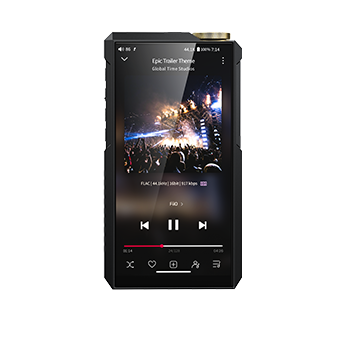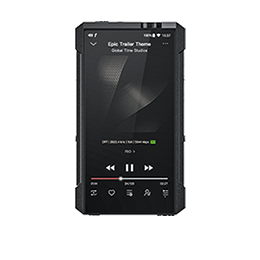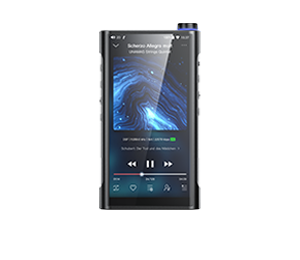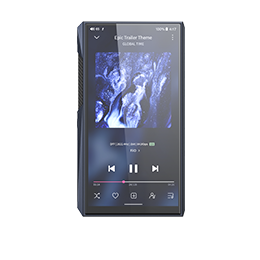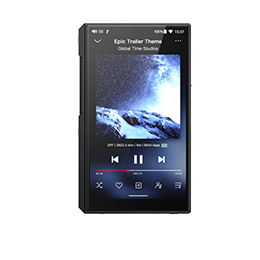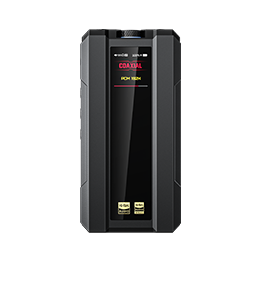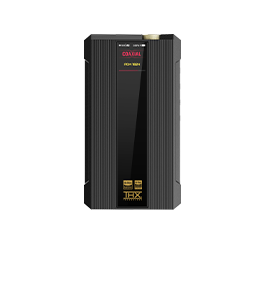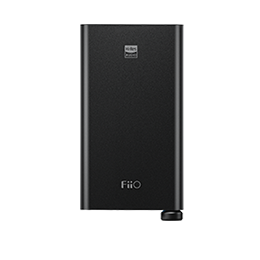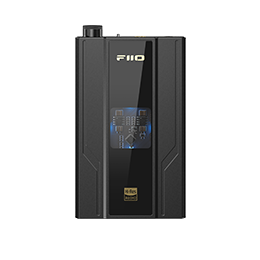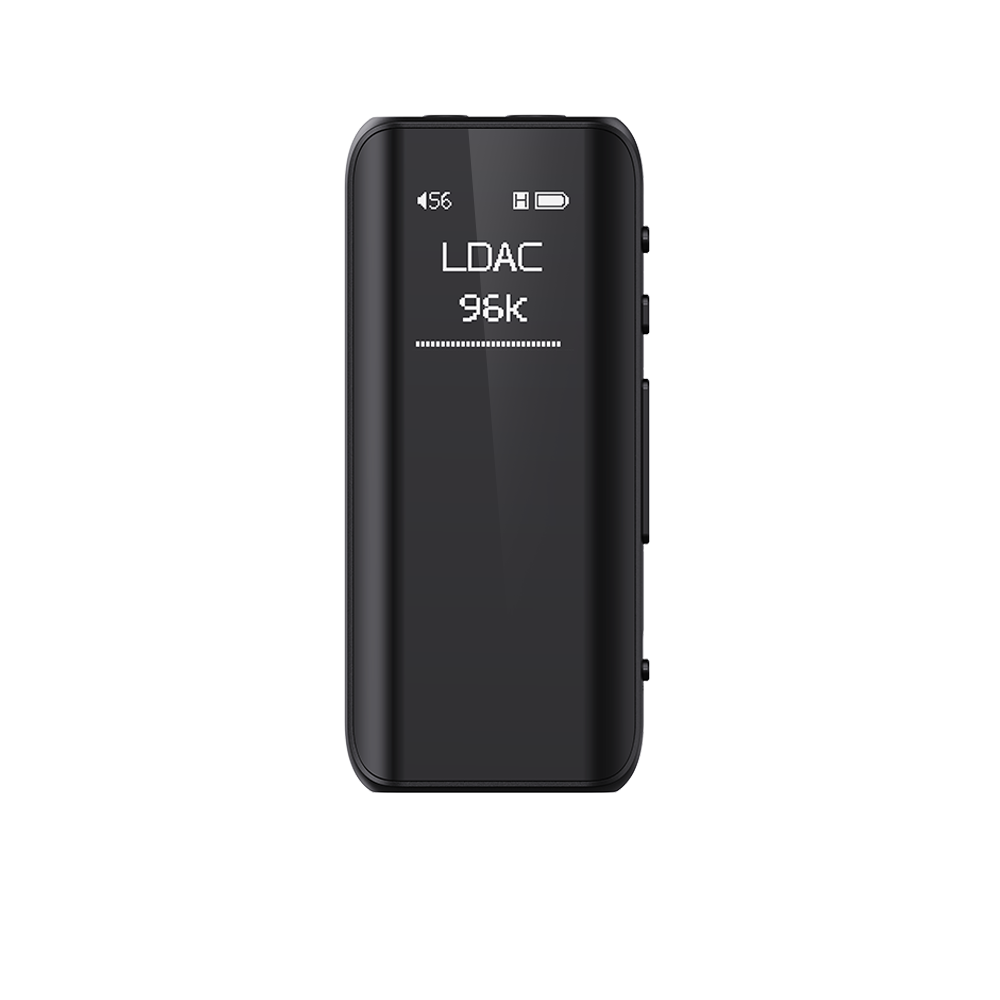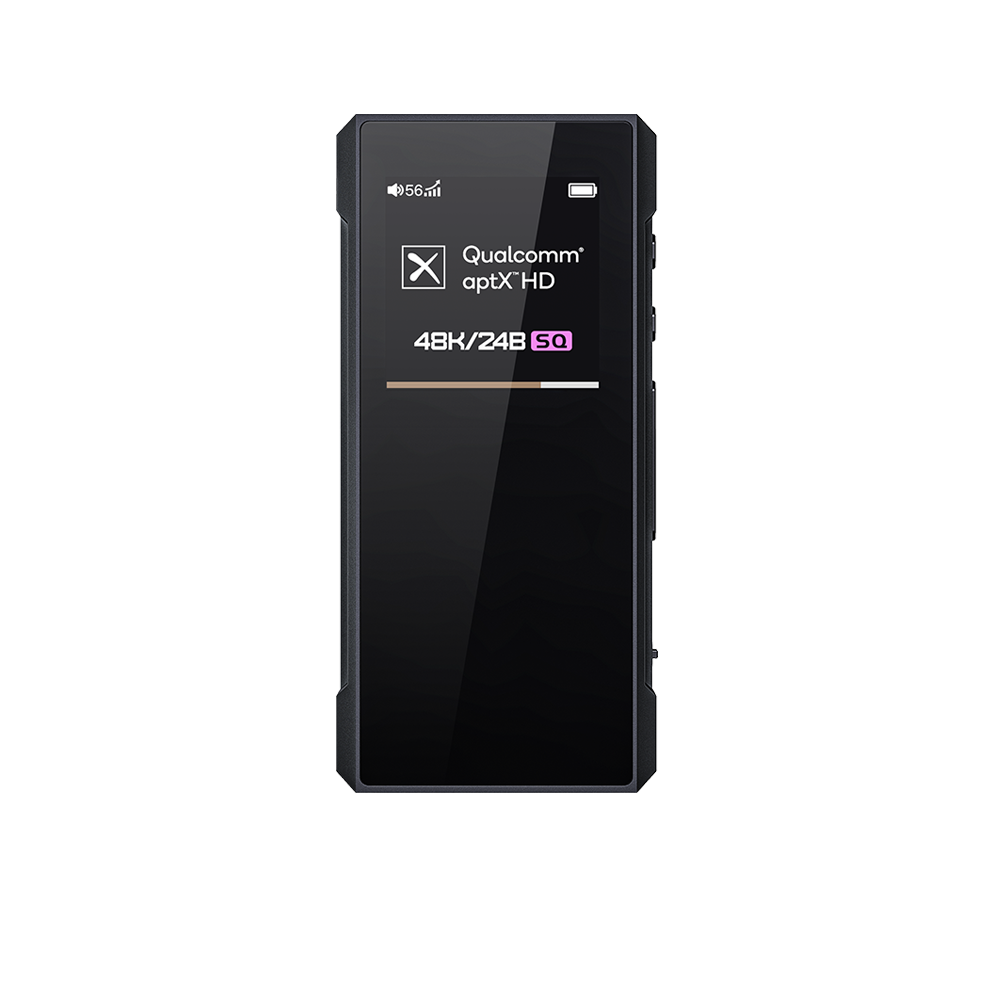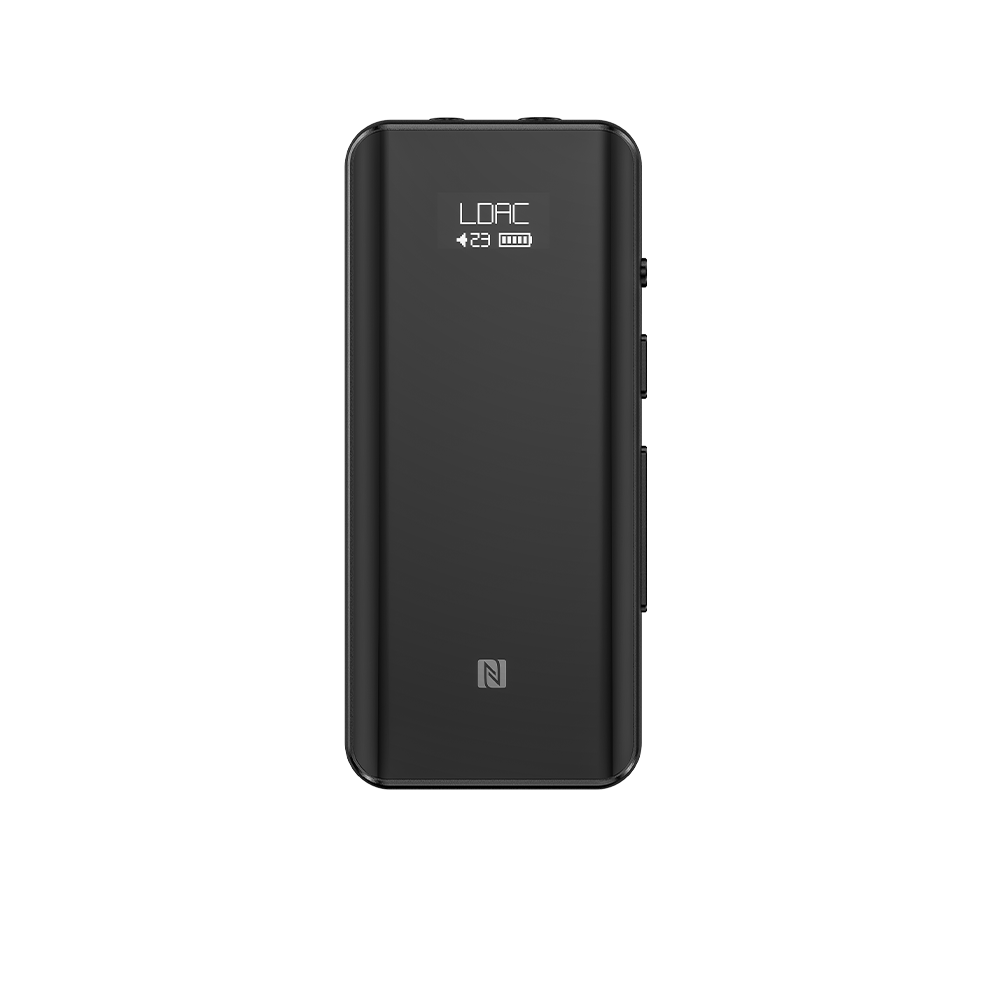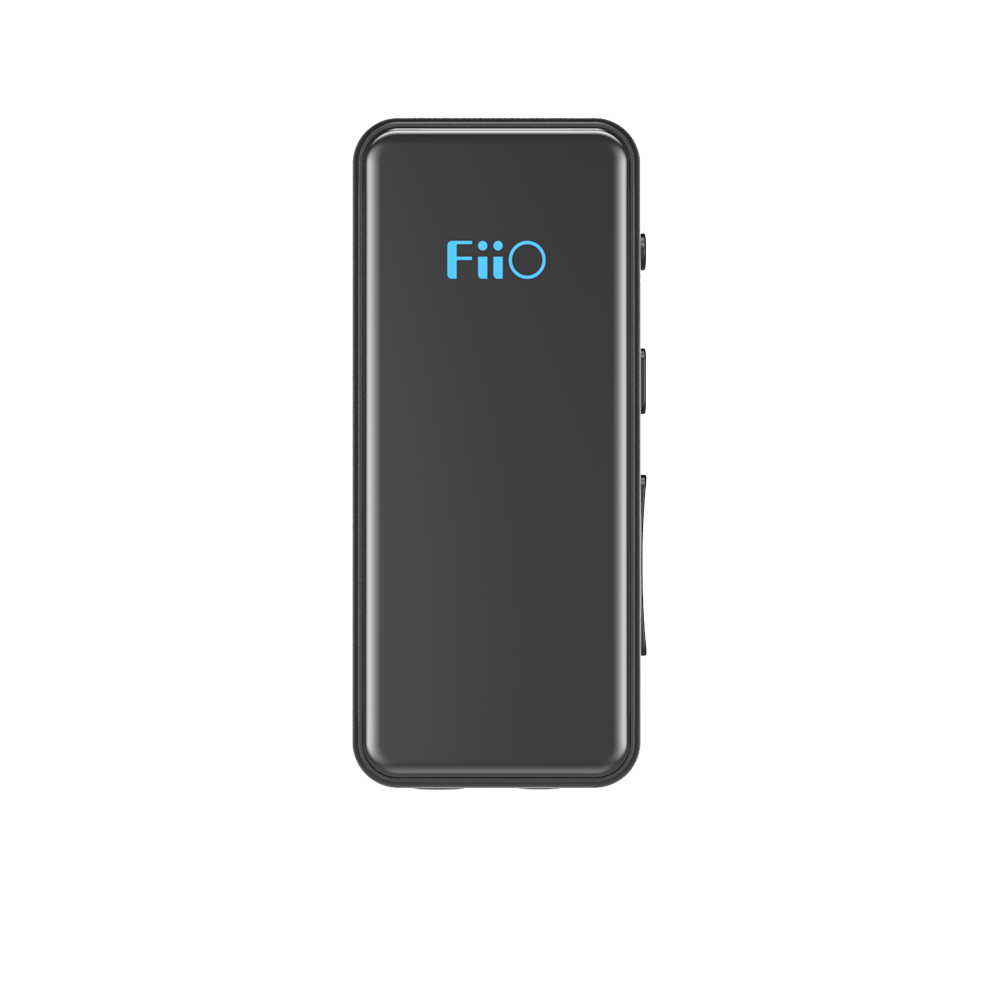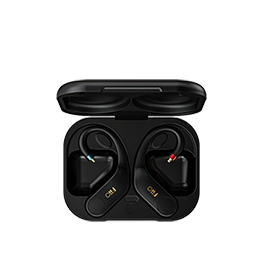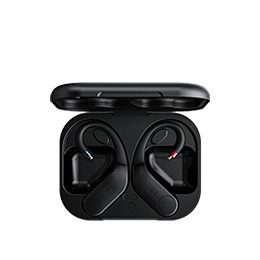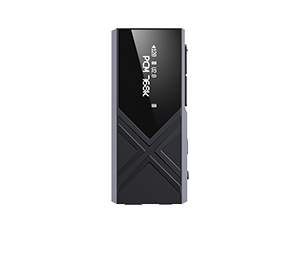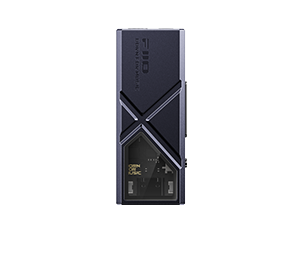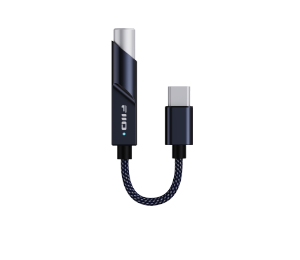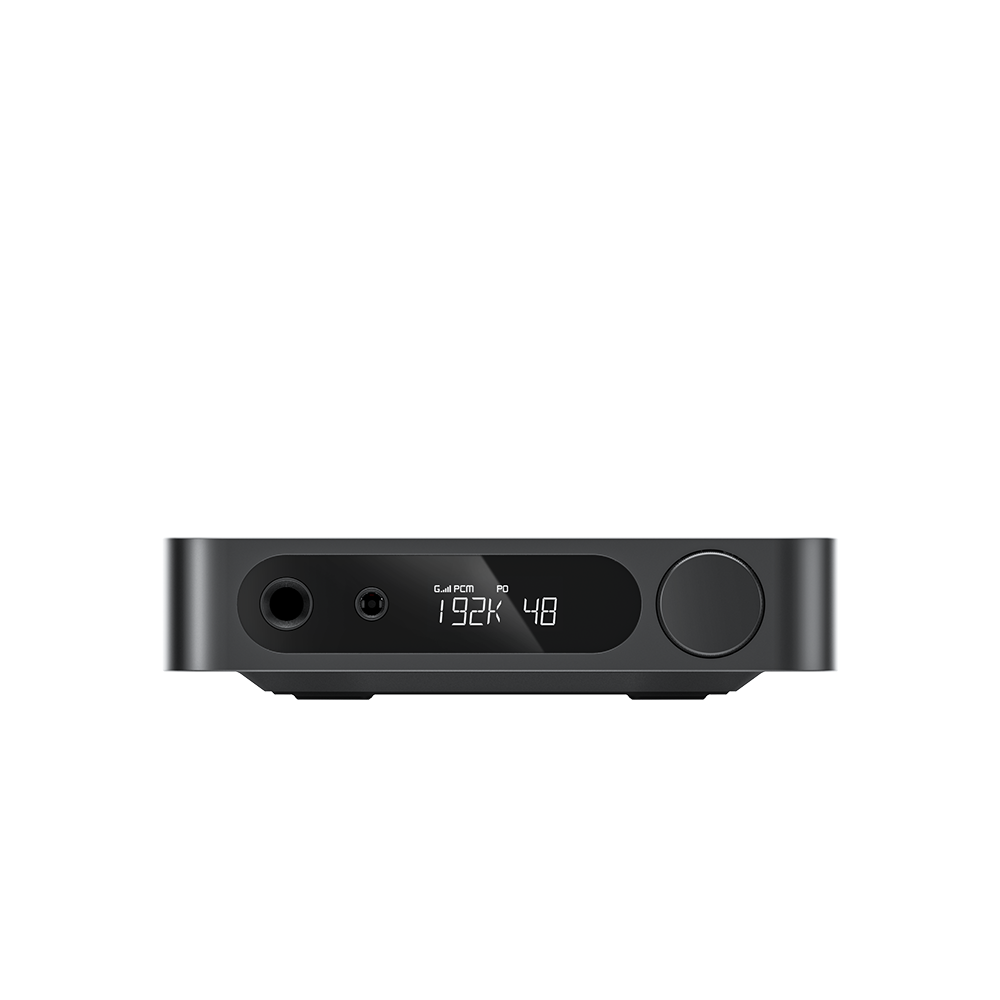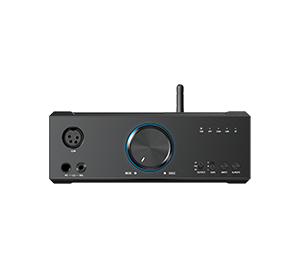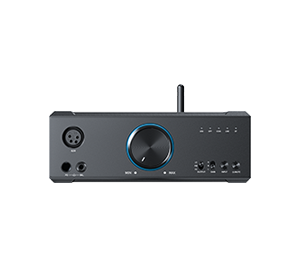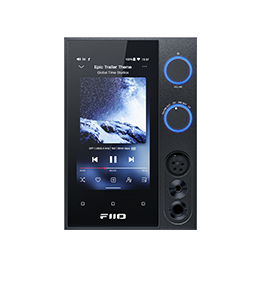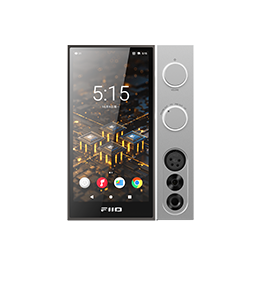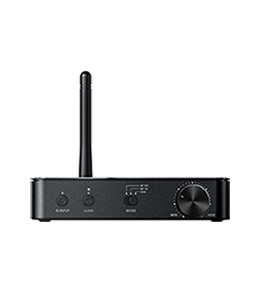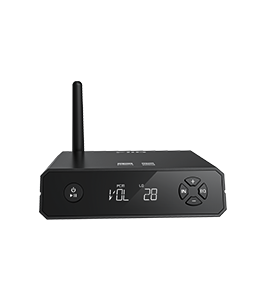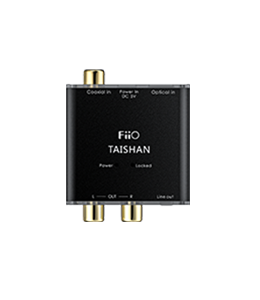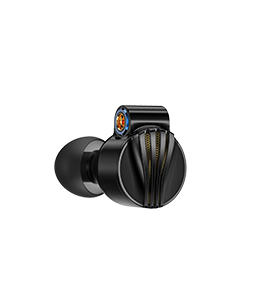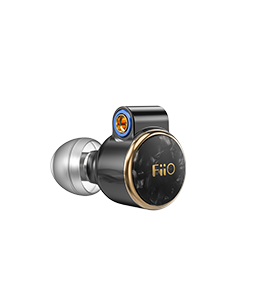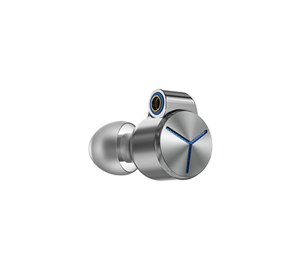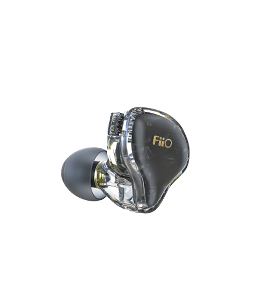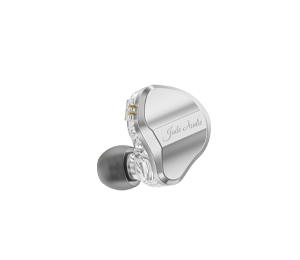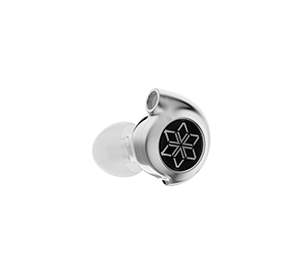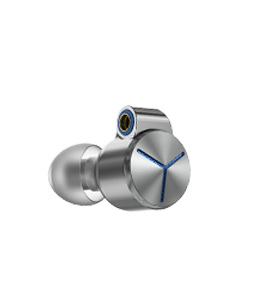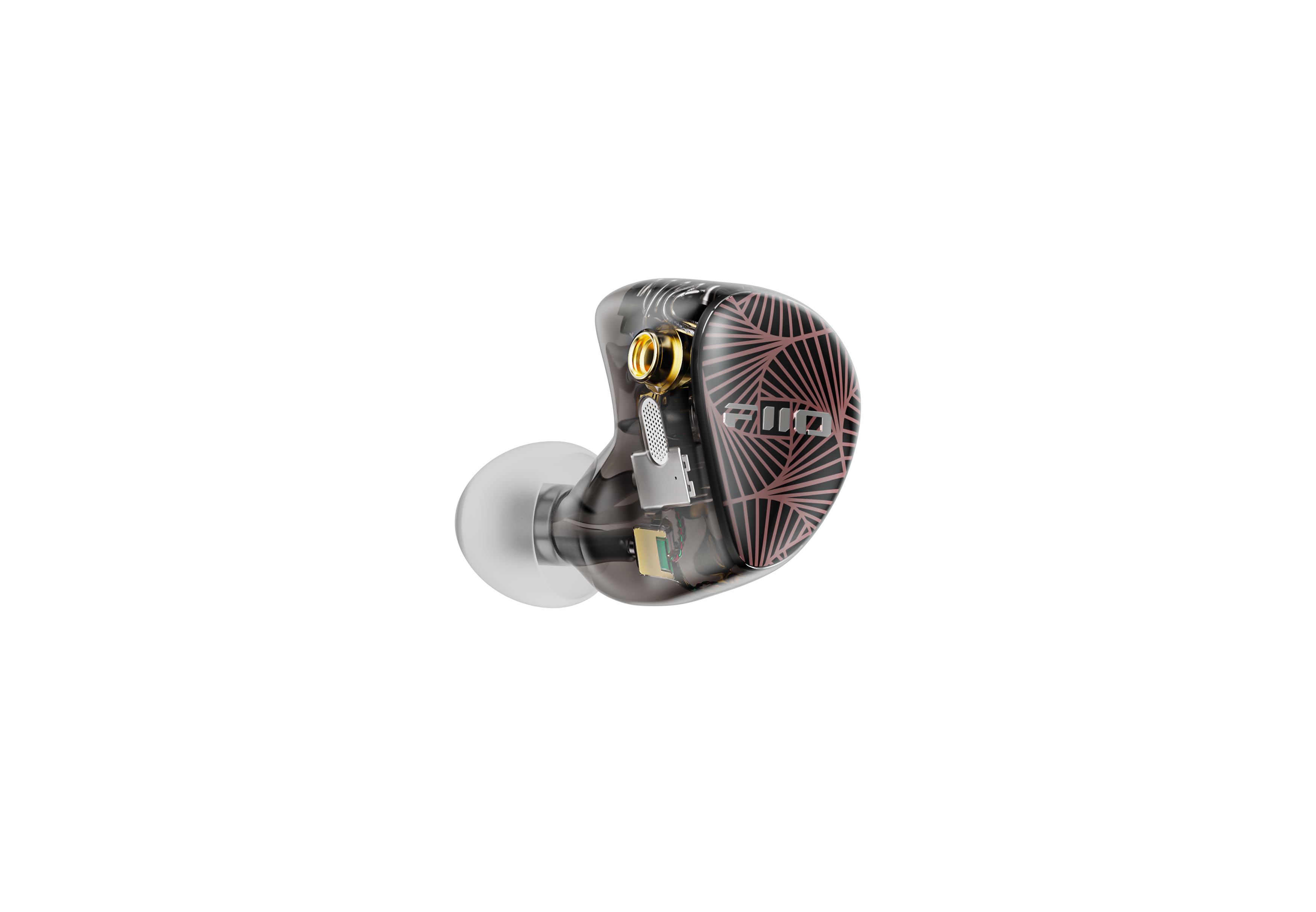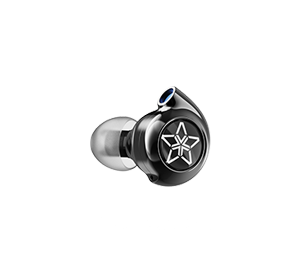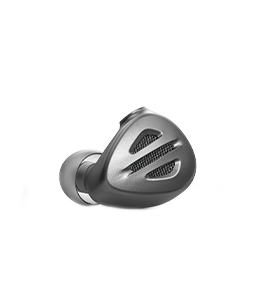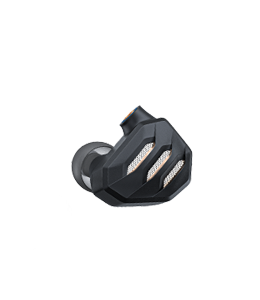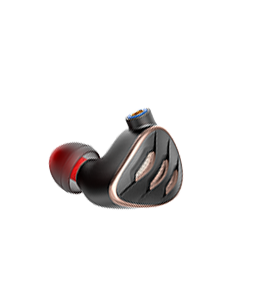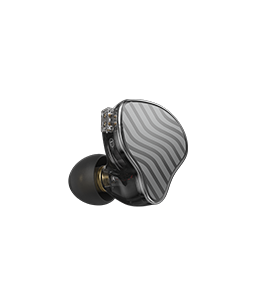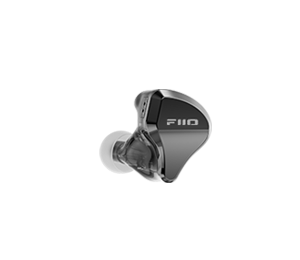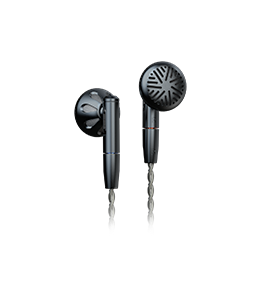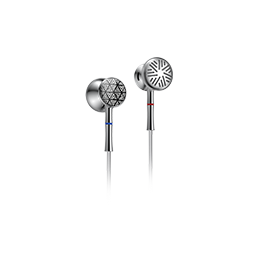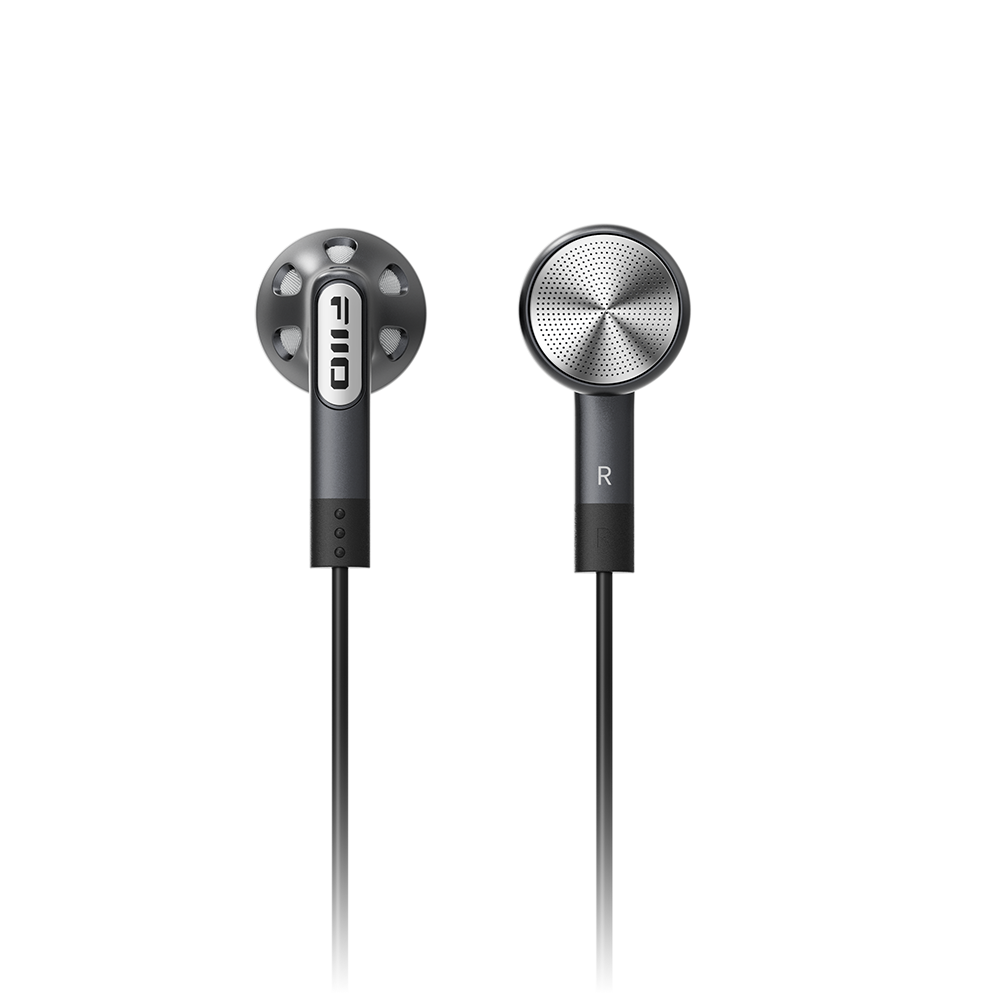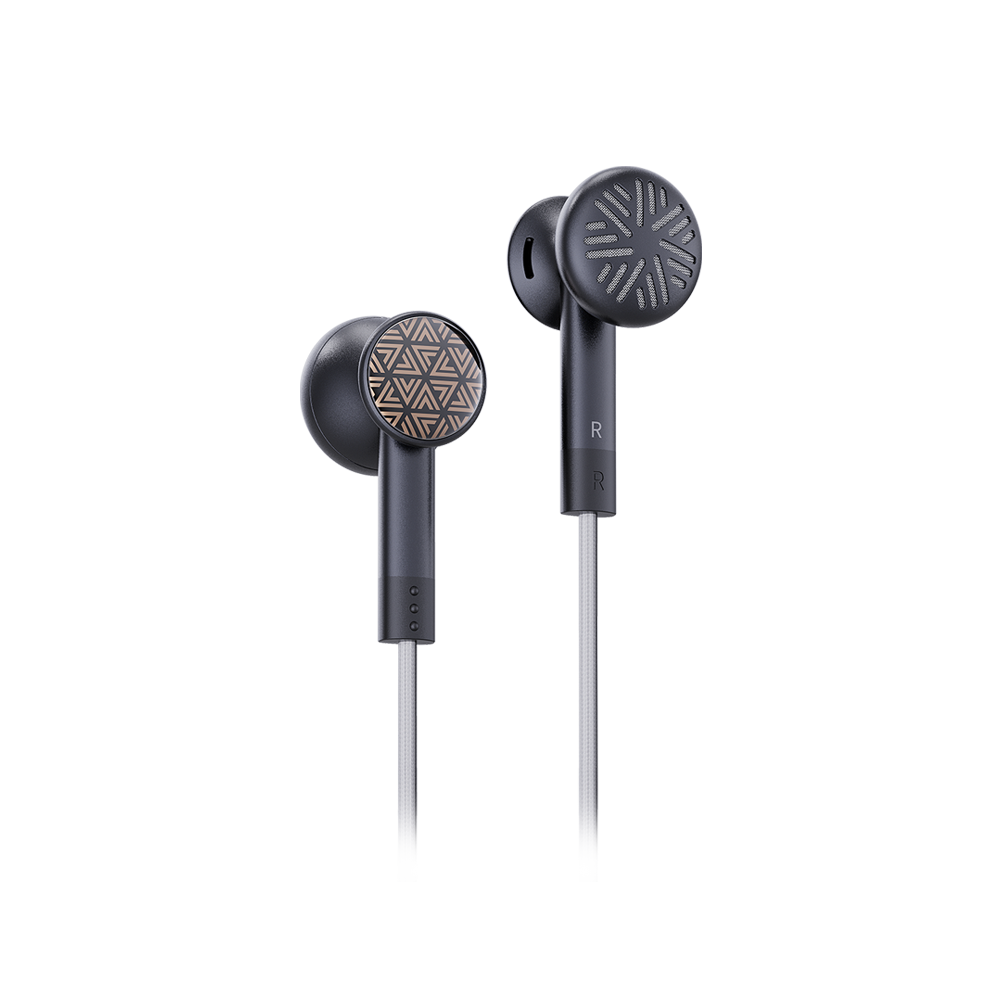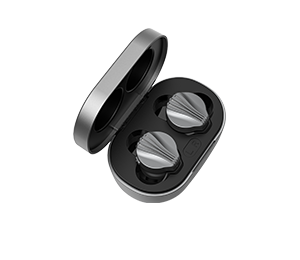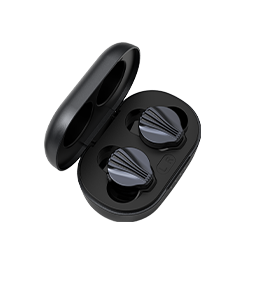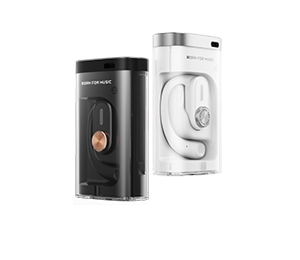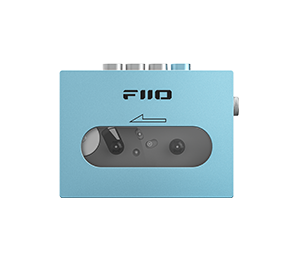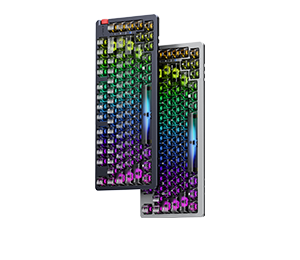REVIEW: FIIO K1: THE EVEN MORE ENTRY DAC/AMP
Author:LIEVEN
Review from:Headfonia
→→ Watch the original video on YouTube:>>Click here
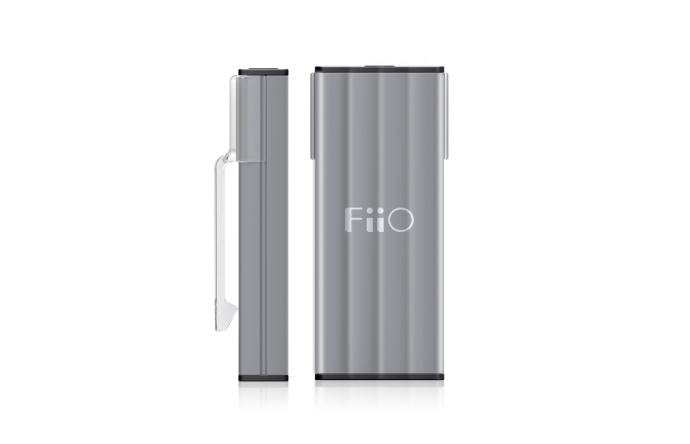
sclaimer: Fiio is a website advertiser and the Fiio K1 was sent to us free of charge. That being said the K1 is selling for only $39USD.
Fiio is for everyone. Fiio listens to the consumer. Fiio is unstoppable. Another new Fiio product has hit the market, they’re releasing products faster than we can write reviews. This time Fiio is back on Headfonia with the Fiio K1: a USB DAC/AMP device for the low end side of the market.
A few months ago I called the $69.99USD Fiio Q1 “The entry DAC/AMP” but it now seems Fiio wants to be present in an even lower segment. The Fiio K1 is going for only $39USD and that’s extremely cheap.
The K1
USB-Dongles don’t take up a lot of space and they’re small and light. Just a few weeks ago we looked at the Dragonfly V1.2 and compared to that the K1 actually is even smaller. The reason for that is simply: as you have to connect the K1 with the help of a USB cable, the USB connector isn’t there. That part measures around 1cm, so the K1 really is small and measures only 50 x 20.5 x 8mm. I actually prefer using a cable compared to sticking the unit directly into a USB-port. I remember killing a USB-port on one of my former laptops and the JitterBug + DragonFly combo also almost killed a USB port on my laptop. “Luckily” it was the NightHawk’s cable that broke and not the port.
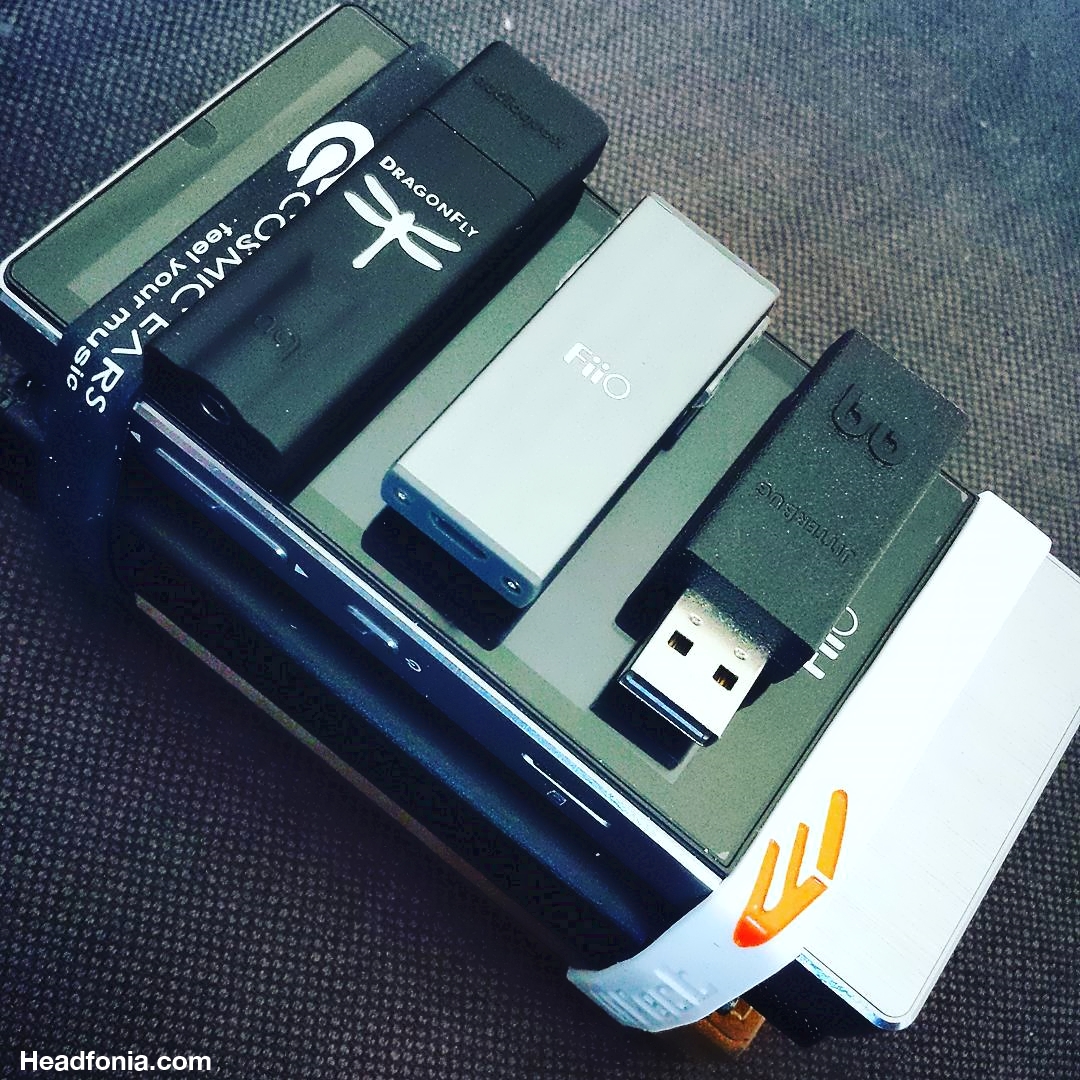
Fiio K1’s body is made out of grey aluminum and only weighs 11.3gr making it extremely portable. I’m not really sure why Fiio added a clip on it because you could keep it in your pocket just as easy. Let me know in the comments if there’s something I’m missing about this. Build quality-wise the K1 is just like any other Fiio product: extremely well done for the money you’re paying for it. I have to admit I’m not a fan of the see-through plastic clip though, but it can be “removed” (attention though, chances are you‘ll break the clip). You’ll find the standard female mini-USB on one side and a 3.5mm headphone plug on the other side. A tiny blue LED right next to the headphone port shows you if the Fiio K1 is in use or not.
Inside
Inside the Fiio K1 we find the Savitech SA9023A USB receiver, the Texas Instruments PCM5102 DAC chip and the TPA613321 Amplifier module. The Fiio K1 is plug and play and uses the standard Windows drivers. Mac users, of course, don’t have any issues at all. The PCM5102 is the same DAC-chip as Fiio uses in their Q1 and E17K and that chip can handle 32/44.1/48/96 (16/24) but no DSD.
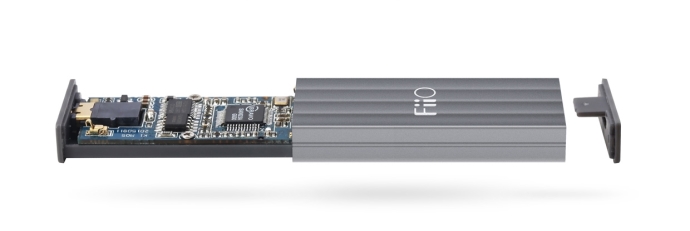
There’s no official support for Android and/or iPhone and using the K1 with your mobile phone will be “hit or miss”. Some users on Head-Fi have reported it to work perfectly fine on some devices while they couldn’t get it working on other phones at all. If you do plan on using the K1 in combination with your mobile phone, I suggest you to check the Head-Fi thread upfront.
Here are the rest of the Fiio K1 Specs:
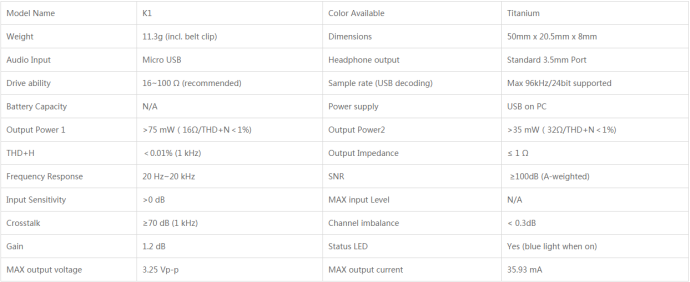
Sound
Fiio created the K1 to work best for ear- and headphones between 16 and 100Ohm and I for this review have been using it mostly with the VE Monks, Fiio EM3, Mee Audio Pinnacle, Unique Melody Maestro, Beyerdynamic DT770AE and the Hifiman HE-400i.
More on sound after the click here or below
e Fiio K1 does have a typical sound and I have to say that it took quite some time getting used to coming from the very clear and slightly forward sounding Audioquest DragonFly. The Fiio K1 itself is on the smoother and warmer side of neutral but shouldn’t be called a warm sounding unit. Compared to the Fiio gear from a few years ago, this K1 even sounds rather neutral. The K1 has full bodied but slightly lifted bass presence and bass isn’t always of the tightest kind. The mids are smooth and musical but just like the bass and treble aren’t the most layered. What is missing most is depth and separation. Fiio K1’s sound isn’t rather concentrated but the detail levels are fairly good. The K1’s treble is soft and smooth and isn’t that extended, clear or crisp. Treble is very easy and relaxed to listen to.
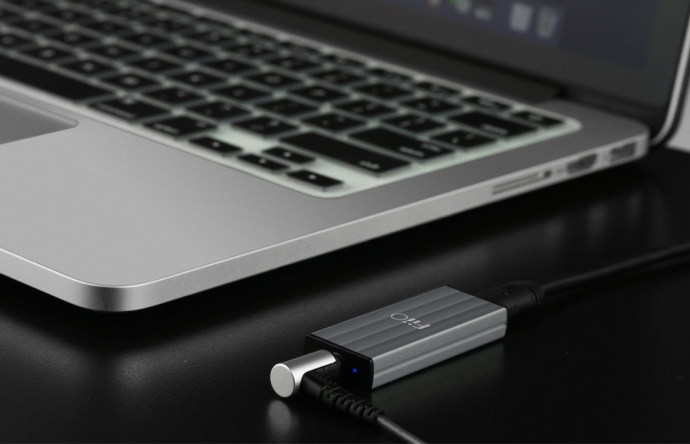
Overall the Fiio K1 is easy to listen to and as a result it is easy to like. It’s not the best, most detailed or layered sound and separation, air and dynamics could be a whole lot better. Don’t forget however this USB DAC/Amp goes for $39 USD only, and expectations shouldn’t be too high. Personally I’d save up for the Q1 which is more versatile and which sounds quite a lot better. With sensitive IEMs you’ll probably also notice the K1 isn’t the quietest unit either but this was mostly audible on very low volumes and silent passages.
Comparisons
Fiio’s portable Q1 DAC/Amp has the same DAC chip but the Q1 definitely is the best sounding unit of these two. The Fiio Q1 shows better detail, balance, depth, air and separation. On top of that the Fiio Q1 sounds more musical and presents the mid-section in a better and more correct way. The amp module seems to be holding back the K1 where the Q1 just sounds wider, deeper and more spacious/silent with better dynamics. The Q1 is going for $69.99 but the $30USD difference certainly is there. The Q1, to me, still is the entry level recommendation.
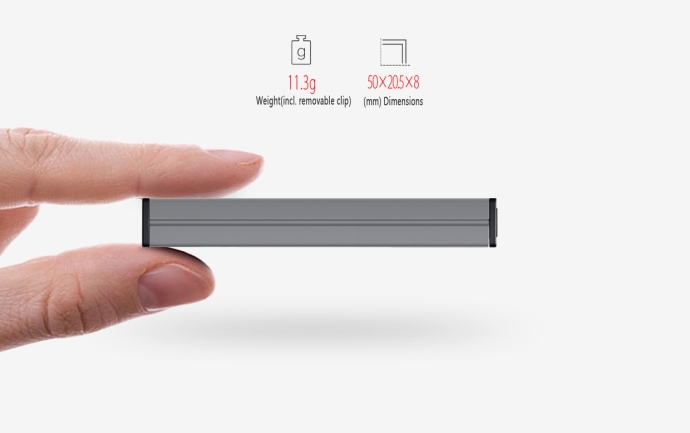
The Stoner Acoustics’ UD120 is darker sounding than the K1 but it, like the Q1, has a more spacious sound with better detail, timbre and more depth. The smooth UD120, like the Q1, was going for $69USD and in my opinion outperforms the Fiio K1.
The AudioQuest Dragonfly ($149USD) is playing on another level. To me the DragonFly is one of the best USD DAC/Amps on the market and the level of detail and precision is much higher. DragonFly produces a dynamic, precise and fast sound with more space, depth and separation. It also seems to power the bigger headphones better than the K1.
Compared to my onboard DELL laptop, the Fiio K1 is more powerful and smoother. The onboard’s voices are more clear and more in the front. The K1 does have bigger body in bass and mids. Fiio’s E17K is the most expensive of the three Fiio units using this DAC chip but it still is the best as well. Better detail, sound stage, clarity etc. The Fiio order for me clearly is E17K>Q1>K1 and that, coincidence or not, also is the same order if you would rank them price wise, top down.
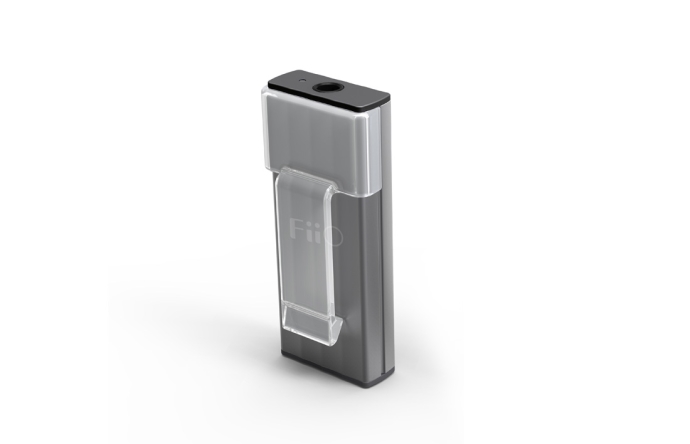
Conclusion
The Fiio K1 is extremely light, portable and well built. It also is Fiio’s cheapest USB DAC/Amp and in this case you really get what you pay for. While the K1 seems to provide more power and body than an onboard sound card, I’m not sure it will necessarily sound better than your stock sound card. The K1 really is an entry level DAC/Amp – even more so then the Q1 – and therefor you shouldn’t expect a world of difference compared to your stock sound card. If you really don’t have more than $39USD to spend there aren’t that many options and in that regard Fiio made a smart move. My recommendation however is to save up for the Q1 or the E17K, the upgrade in sound will be much more noticeable with these two.



